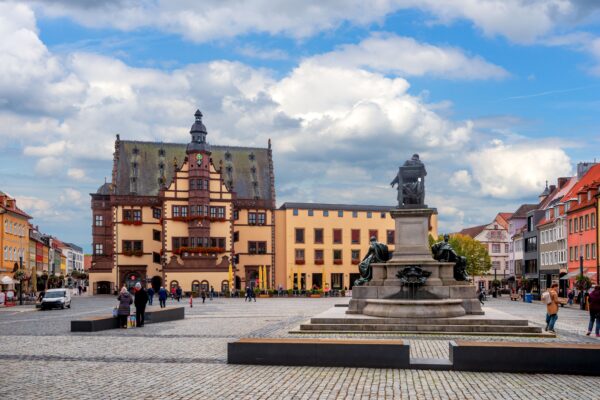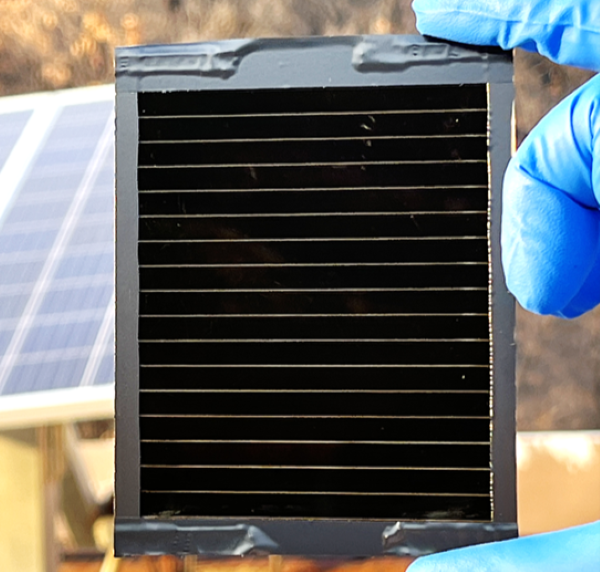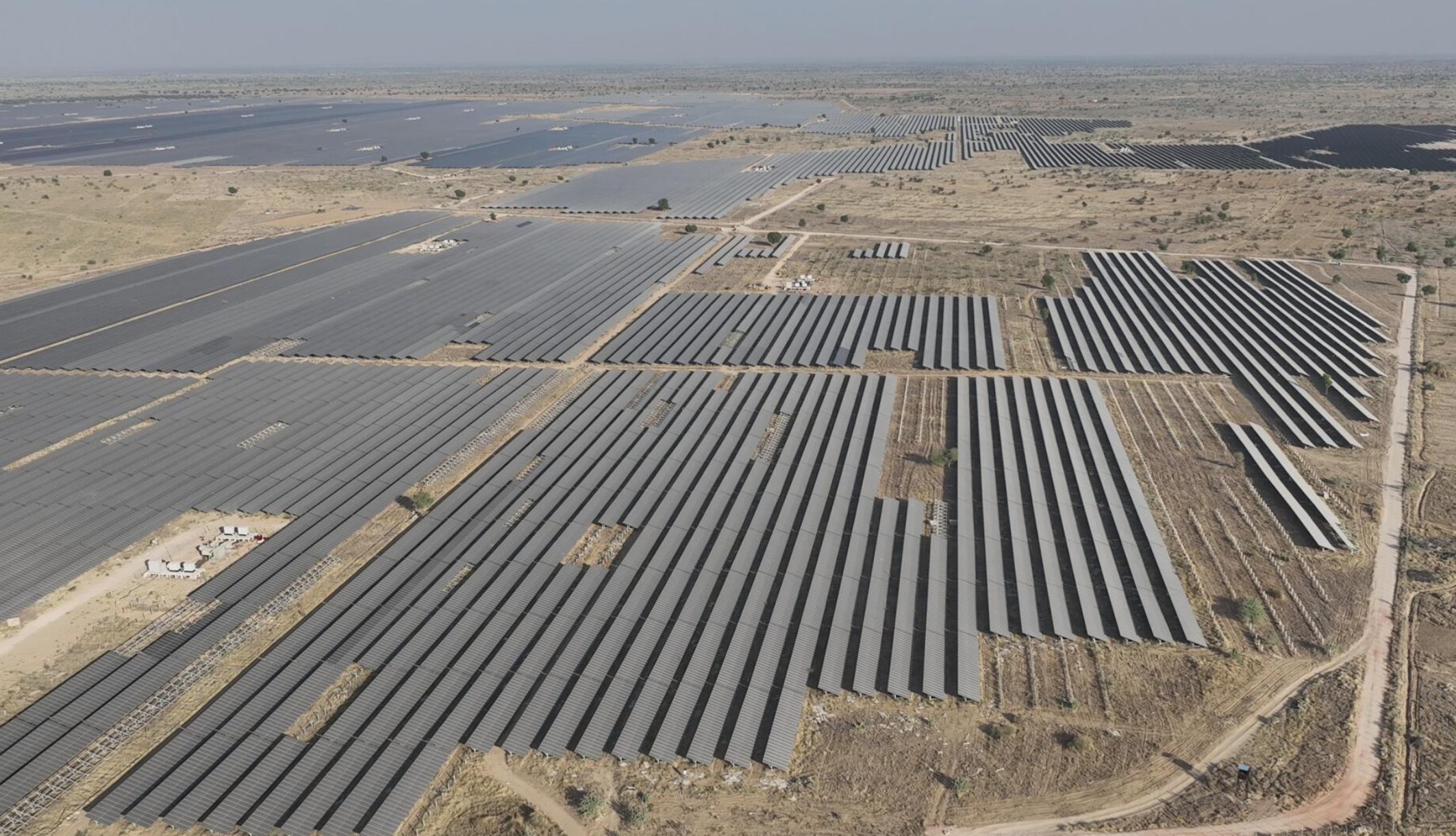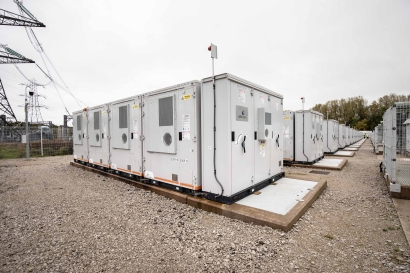A closer look at France’s largest solar plant
Neoen’s 300 MW Cestas solar park, commissioned in 2015, remains France’s biggest PV plant and the only one in the country that contributes to grid stability, even at night.

Neoen’s 300 MW Cestas solar park, commissioned in 2015, remains France’s biggest PV plant and the only one in the country that contributes to grid stability, even at night.
From pv magazine Germany
France's largest PV project marked its tenth anniversary in June. The Cestas solar plant, developed and operated by French independent power producer Neoen, consists of nearly 1 million polycrystalline silicon modules from Yingli, Trina Solar, and Canadian Solar, with a total capacity of 300 MW.
The facility was commissioned in 2015 and remained Europe’s largest photovoltaic plant until 2020, when Spanish utility Iberdrola commissioned the 500 MW Núñez de Balboa project. That plant was recently surpassed by Germany’s 605 MW Witznitz solar project.
The Cestas project in figures
The project was built on forest plots damaged by the 2009 Klaus storm, which struck large parts of central and southern France, Spain, and Italy.
The plant’s construction, completed in less than a year, posed a significant industrial challenge. A Franco-German consortium including Eiffage, Schneider Electric, and Krinner carried out the work. At peak times, the project employed up to 250 people, who installed nearly 15,000 modules per day, or about 5 MW.
The facility features an innovative design. Its east-west orientation enables more consistent power output throughout the day – a configuration that was uncommon for large-scale PV plants at the time. Since 2022, it has been part of a collaboration with French transmission system operator RTE.
The plant contributes to voltage regulation and helps stabilize the high-voltage grid in the Bordeaux region, even during periods of low electricity demand, by using select inverters. The system allows the facility to provide support even when it is not generating power, including at night.
EDF agreed to purchase the plant’s electricity at €0.105 ($0.123)/kWh under a 20-year power purchase agreement. A consortium of Eiffage Energies Systèmes and Schneider Electric has maintained the facility over the past decade. About 10 people work at the site each day. Vegetation is managed through eco-grazing by a flock of 120 sheep.
A 5 hectare section within the solar park has been set aside to support biodiversity. Independent ecologists conduct environmental monitoring and oversee enhancements to the habitat for local species. Bird nesting boxes, bat roosts, and reptile shelters have been installed. In cooperation with the Cestas Children’s Municipal Council, a 1,000 meter hedge made up of 120 fruit trees was planted to attract pollinating insects.
What's Your Reaction?
























































